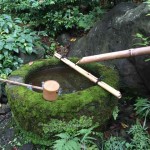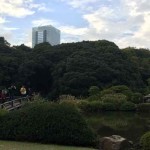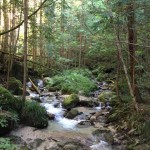Tokugawa dynasty developed social class system which was composed with warriors/feudal lords (samurai), farming peasants, crafts professionals and merchants. Nobilities, Buddhist monks, Shinto priests were out of this hierarchy system. During Edo period, people did not have freedom to choose their social class and place to live. Social class was hereditary and place of living was precisely separated by classes. Farming peasants were living in village whereas people of other three classes were living in castle town. Inside the castle town, each class was divided by blocks and living separately.
The lives of people were constrained by various rules, not only where to live but also fashion, hair style, and accessories. People were easily identified the class they belong by their looks. Samurai or feudal lords were given special status and Read More


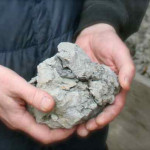
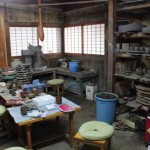
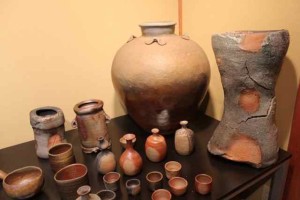
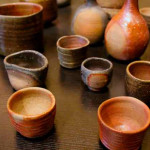
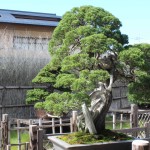
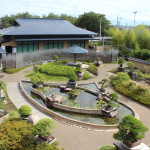 Read More
Read More 